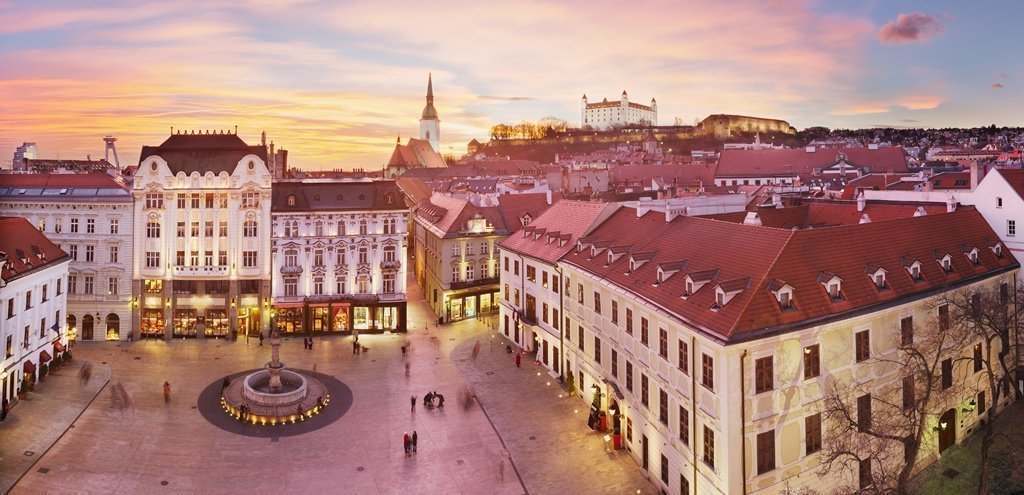
Discover with us the best museums in Bratislava. We bring you a list of 10 museums in Bratislava that offer a virtual tour and you can discover them not only in person but from the comfort of your home as well.
1. The City History Museum
2. The Museum of Viticulture
3. The Museum of Historical Interiors
4. The Museum of Weapons
5. The Museum of Pharmacy
6. The Museum of Clocks
7. The Arthur Fleischmann Museum
8. The Johann Nepomuk Hummel Museum
9. Devin
10. Antique Gerulata Rusovce
The City History Museum in the Old Town Hall specializes in the presentation of the history of the inhabitants of Bratislava, which were influenced by historical events. These important events include the establishment of the Bratislava City Museum. The basis of the exposition are collection items, documenting the history of the town until the end of the 1930s.
Grape growing and winemaking have played an important role in the history of Bratislava. The Museum of Viticulture presents the history of this industry, vine growing, harvesting or grape processing in the territory of Bratislava from antiquity to the twentieth century. It also presents two of the city’s leading wine companies, Hubert J. E. and Palugyay, which have won many international awards for their wine production.
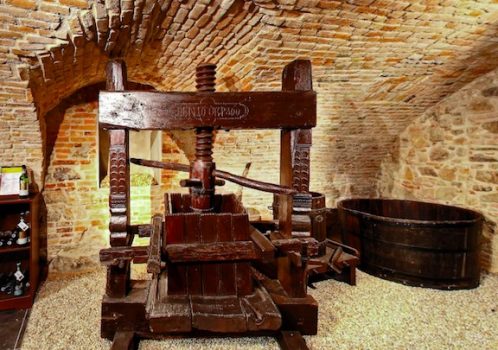
The Museum of Historical Interiors is located in the Apponyi Palace, built between 1761 and 1762. On the first floor, where the original wooden paneling and paintings are preserved, you can see a representative piano nobile evoking a noble interior from the late 18th century. The second floor offers rooms with refurbished wall paintings, where you can see examples of urban interior furnishings from the late 18th to the end of the 19th century.
The Museum of Weapons is devoted to the history of the fortifications of Bratislava. There you can see cool weapons, military and tournament equipment. On the top floor, there is an entrance to the tower walkway, from where there is a beautiful view of the historical center of Bratislava and its surroundings.
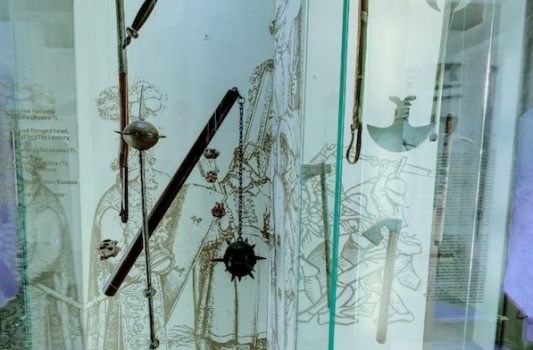
The Museum of Pharmacy’s exhibition is located in a part of the former pharmacy U červeného raka on the ground floor of a Baroque burgher house, which was built into the barbakan of the Michalska Gate with an adjacent moat. In the 18th century, the facade of the house was classicist modified and completed with a stone rococo portal. On the front you can see the original signboards of the pharmacy with metal acanthus ornaments and crayfish from the end of the 19th century from the Bratislava blacksmith company Márton.
The Museum of Clocks presents the history of watchmaking from the late 17th to the end of the 19th century. There is, for example, a unique set of portable sundials from the 17th to 18th centuries, various types of wall and table clocks, alarm clocks and samples of pocket watches. Most of the exposed exhibits are signed by watchmakers in Bratislava.
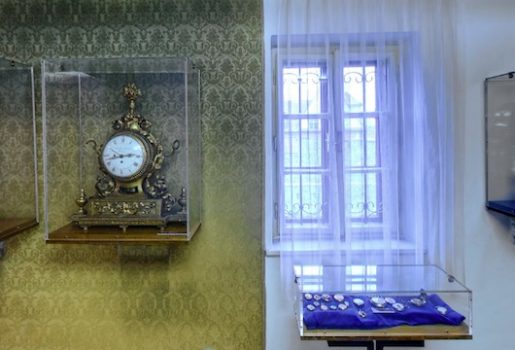
The Arthur Fleischmann Museum documents the life and works of the Bratislava native sculptor Arthur Fleischmann, whose career has developed in six countries on four continents. The permanent exhibition presents a collection of preserved ceramic works from the artist’s early creative period (the 1930s), as well as a selection of sculptures that were created after 1938. Extensive photo documentation illustrates the image of this important sculptor.
The Johann Nepomuk Hummel Museum displays an exposition on the life and works of the composer J. N. Hummel. Located in his native, Renaissance garden house. Here you can see a collection of musical instruments from his estate and samples of his music.
A place located at the confluence of the rivers Danube and Moravia, which was inhabited almost continuously for 7000 years. Visit the ancient Devin Castle and enjoy the most beautiful view in Bratislava. In the caves of the upper castle, there is a permanent exhibition Devín Castle in the 13th – 20th centuries. Through archaeological finds from the castle supplemented by historical facts, you can see the various stages of building the castle.
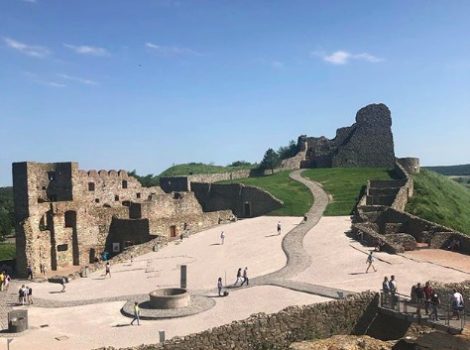
Gerulata was the first castle in the Carnuntum – Ad Flexum line. The camp had an important strategic role – protecting the eastern legion of legions in Carnunte, the capital of the Province of Pannonia. In the area of the museum, you can see the foundations of buildings from the 1st to 4th century. In the exterior, the late-fort from the 4th century, which was built into the northern corner of the original castle. Findings from archaeological research are placed in the exhibition hall. In the background of the camp, Gerulata is documented civilian settlements, agricultural settlements and several burial grounds, probably there was also a ford and port.
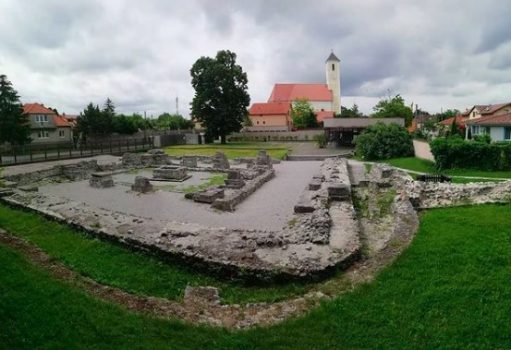
Find all tips for WHAT TO SEE IN BRATISLAVA.